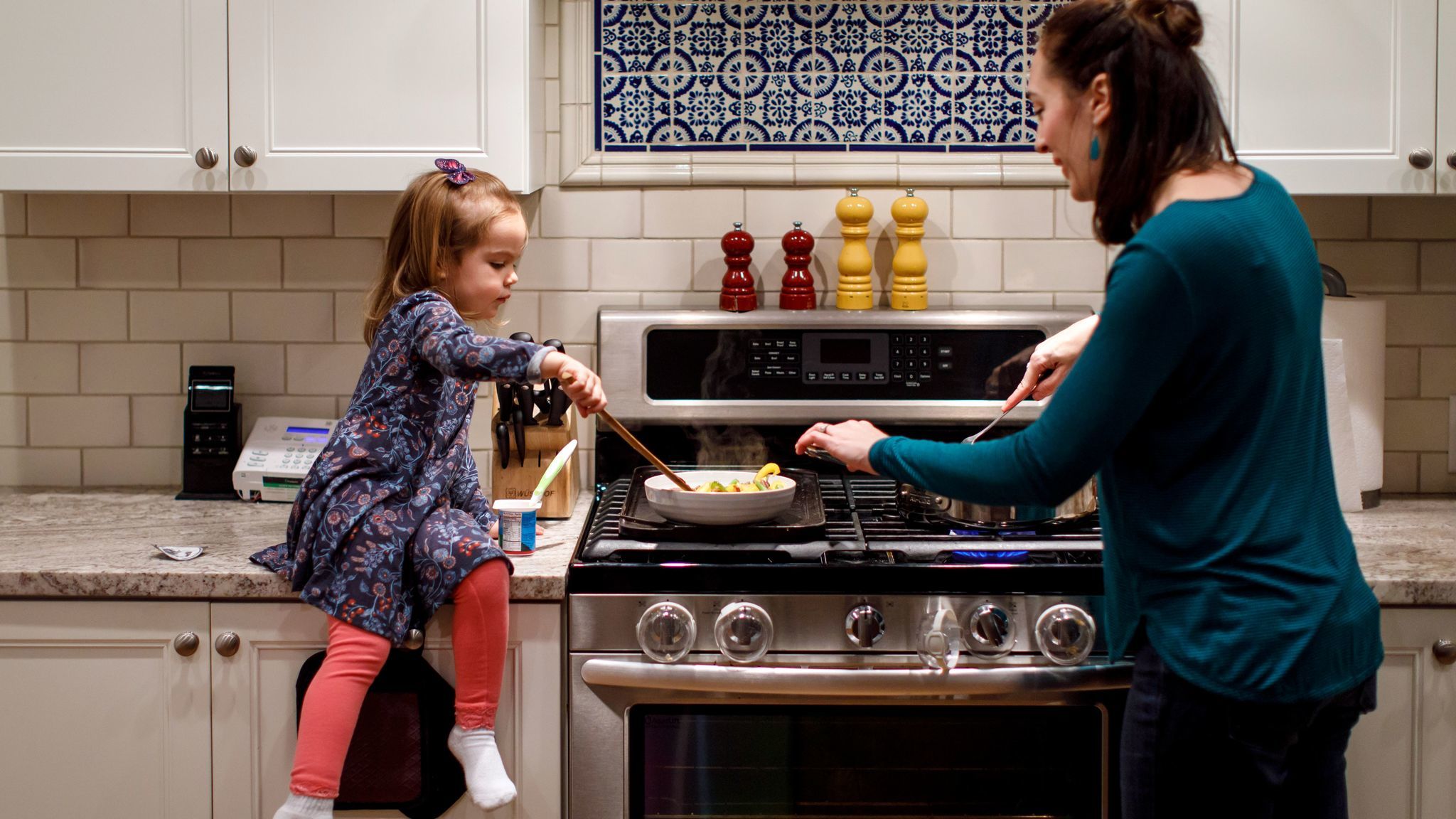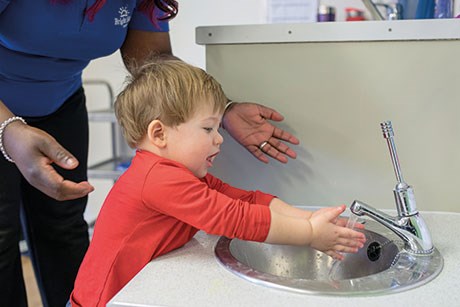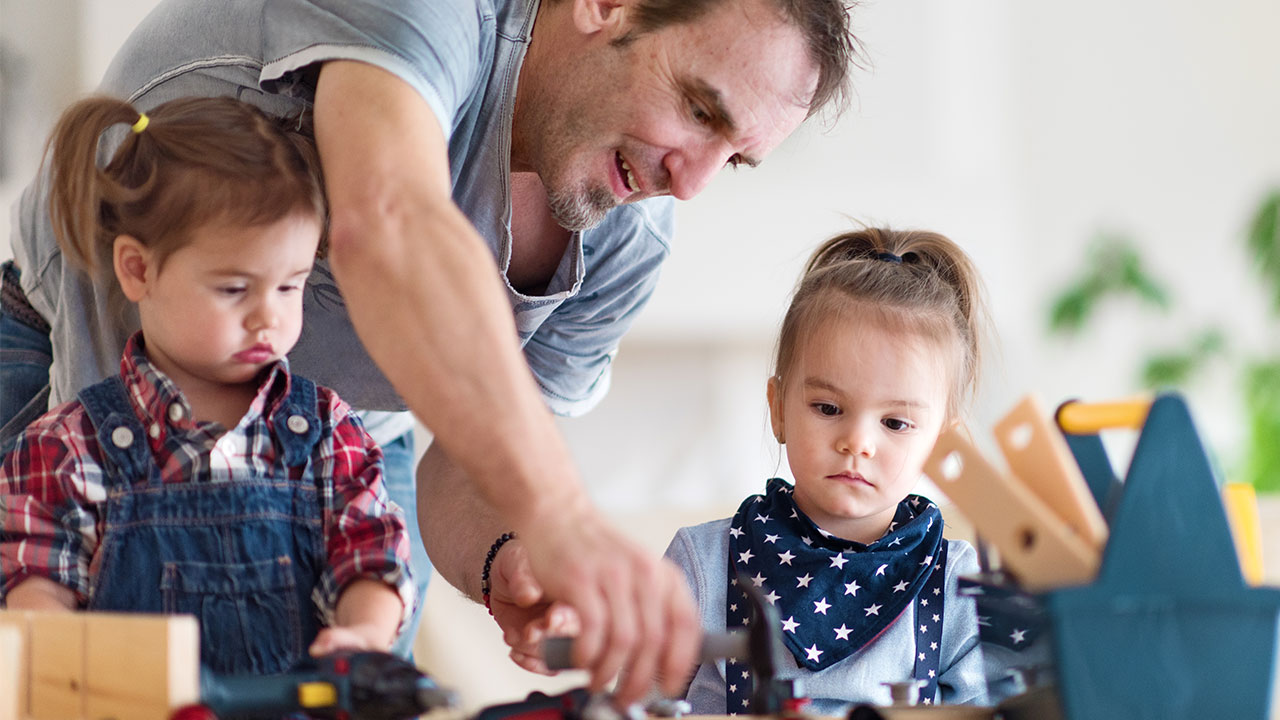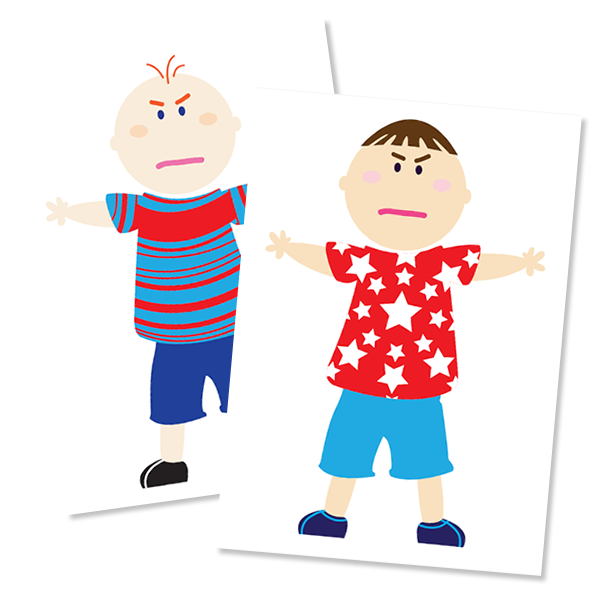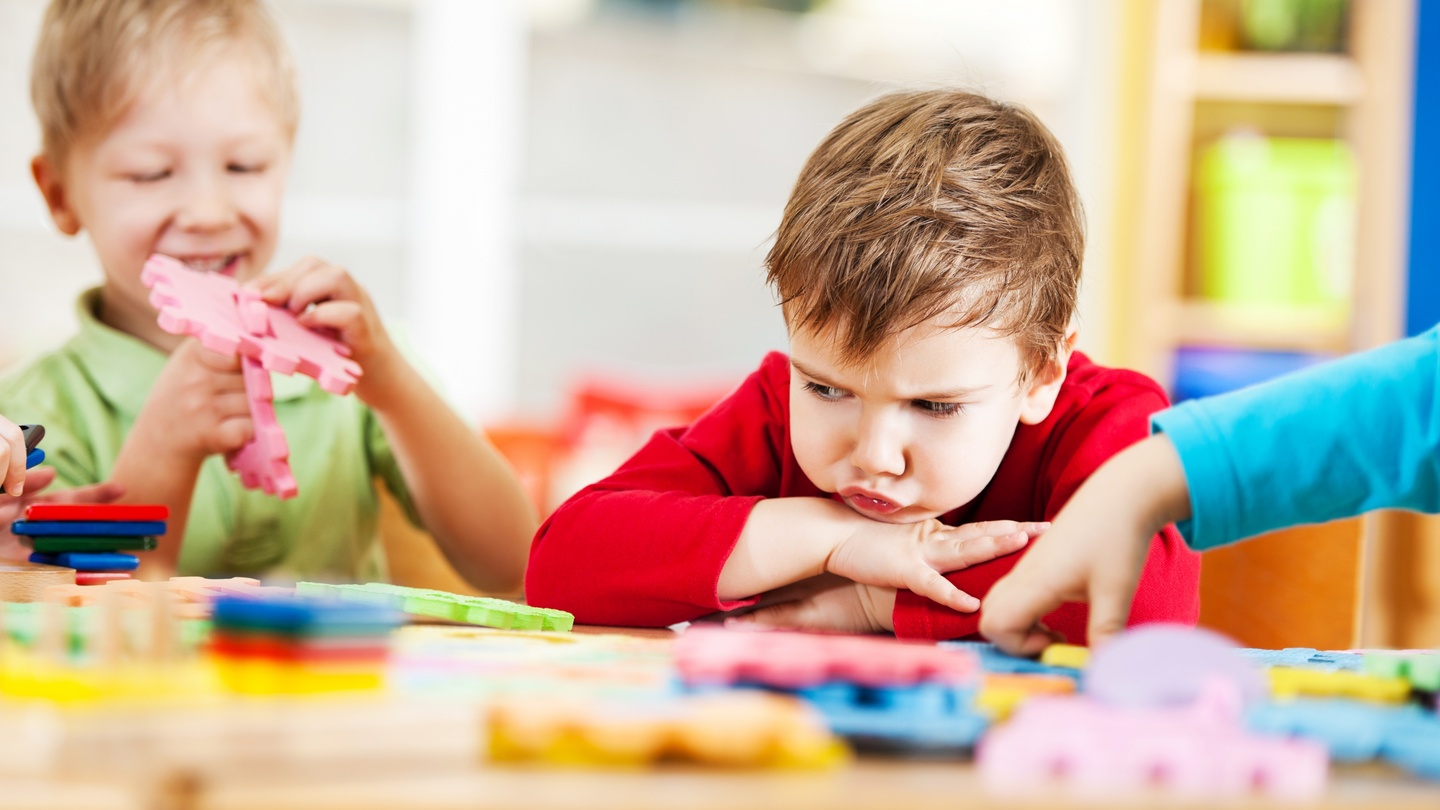Personal Communication Dictionaries
Does your child or a child you work with communicate using unconventional gestures that are sometimes missed or misunderstood by others?
It may be challenging at times for others to understand your child’s emotional state, wants, needs and ideas especially if your child is nonverbal or if your child has a complex communication difficulty.
When we don’t respond appropriately or accidentally ignore a child’s communication signal, communication can breakdown and development can stall.
Creating a Personal Communication Dictionary for your child can help others to recognise your child’s efforts to communicate and reinforce these in positive ways.
A Personal Communication Dictionary is a document with information about the individual ways that your child communicates.
It details what your child does, what this might mean and how the communication partner can respond to the communication behaviour seen.
Why are Personal Communication Dictionaries Needed?
These documents can be incredibly helpful for communication partners as well as for your child. Partners can get to know your child, recognise communication behaviours and interpret these communication attempts appropriately. This helps back and forth interaction to grow. When children have their emotional states, needs/wants and ideas understood by others, communication continues to grow.
Personal Communication Dictionaries can be compiled by Parents and/or Speech Pathologists and distributed to all other adults who spend time with your child. Your child’s gestures, body language, facial expressions, vocalisations and signs can even be photographed and included in the dictionary.
A mix of text, photos and pictures can create a beautiful, authentic document all about your child and how your child communicates.
How to get started…
Head to https://shop.scopeaust.org.au/wp-content/uploads/2019/11/Personal-Communication-Dictionary-form.pdf and download your free template.
Start to write down in as much detail what your child does…any little idiosyncratic behaviour, sound, gesture or action your child makes to communicate.
Does your child jump up and down and flap his or her hands?
Does your child take you by the hand and drag you to the front door?
Perhaps your child likes to engage in repetitive humming when playing by him or herself?
Once you have detailed all of the behaviours, you can then match these behaviours to an interpretation of what your child may mean when he or she engages in each behaviour.
The final column can be used to explain to your child’s communication partners HOW they can respond in a way that will help your child.
Here is a quick example:
What I do
I place the palm of my hand on my chest and pat my chest repeatedly
What this might mean
I am learning the Key Word Sign for ‘more’. When I use this gesture, I am communicating to you that I want more of the item, food or drink or I want you to do more of the action you are doing e.g. I often use this gesture if you are chasing me or tickling me and I want you to continue.
What you can do
Please acknowledge my attempts to request more. Say ‘More!’ and model for me the Key Word Sign as you […]




